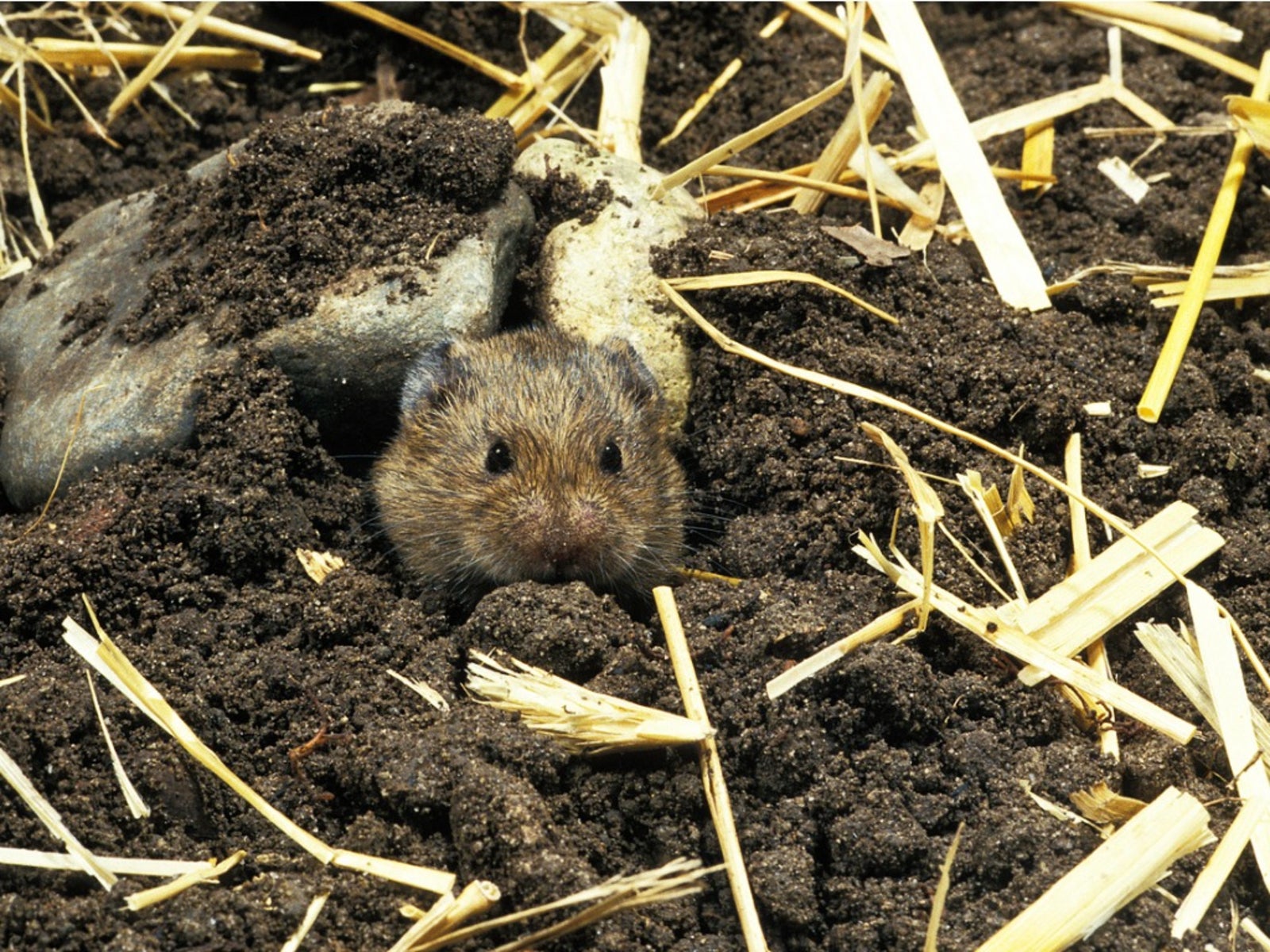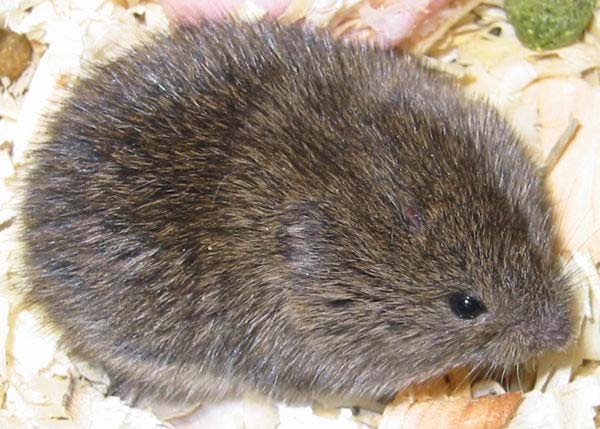Say Goodbye to Vole Damages: Professional Vole Control Solutions
Say Goodbye to Vole Damages: Professional Vole Control Solutions
Blog Article
Mastering Vole Parasite Control: Extensive Insights on Problem Prevention and Treatment Methods
By acknowledging the subtle signs of vole infestation early on, we can take positive measures to prevent widespread damages. In this conversation, we will explore the subtleties of vole actions, delve right into the recognition of problem indications, and uncover the most efficient prevention and treatment techniques.
Comprehending Vole Actions
Checking out the foraging patterns of voles uses valuable insights right into their behavior and environment choices. By observing their foraging habits, scientists can acquire a far better understanding of where voles prefer to establish their environments and the level of their ecological influence.
Research study suggests that voles display careful feeding practices, favoring roots, seeds, and origins - vole yard damage. This dietary preference influences their foraging patterns, leading them to areas rich in greenery and ground cover. Furthermore, voles are known to develop sophisticated tunnel systems for foraging and nesting objectives, suggesting a high level of versatility to their environments
Comprehending vole habits is necessary for applying targeted bug control procedures that disrupt their environment choices and foraging tasks. By studying their behavior, specialists can create more reliable prevention and treatment methods to take care of vole problems.
Identifying Indicators of Vole Invasion
Vole invasions can be found by identifying specific indications of their presence in an area. One of one of the most usual signs of a vole infestation is the existence of surface area runways. Voles develop networks of narrow paths on the ground that are normally about 2 inches wide. These paths are commonly found in verdant areas or underneath compost or ground cover where voles can move freely and look for food.
One more crucial sign of vole invasion is the existence of tiny burrow openings in the ground. In addition, voles are known to leave behind chewed plant stems, roots, and light bulbs near their burrow openings, showing their feeding activity in the area.
Additionally, vole droppings can also signify their presence (vole control). Vole droppings are little, brownish, and round fit, appearing like grains of rice. Locating these droppings along paths or near burrow openings can validate a vole problem. By being vigilant for these signs, homeowner can promptly resolve vole problems and stop additional damage.
Executing Positive Avoidance Procedures
To successfully mitigate the threats linked with vole invasions, property proprietors can proactively carry out a variety of preventative measures aimed at safeguarding their landscapes and yards. Additionally, keeping yard areas tidy and reducing clutter where voles see post can hide or nest is crucial in reducing their visibility.
Additionally, utilizing natural vole deterrents like castor oil-based repellents or predator pee can act as effective precautionary actions. It is also suggested to regularly evaluate exterior areas for any indicators of vole activity, such as runways or delve openings, to attend to prospective infestations immediately. By adopting these aggressive avoidance strategies, homeowner can considerably minimize the chance of vole damage and maintain the health and looks of their landscapes.
Effective Treatment Methods
Integrating targeted capturing approaches and making use of accepted rodenticides are vital components of effective treatment techniques for handling vole infestations. Capturing can be a reliable method to reduce vole populaces, especially when put strategically in their active paths. Break traps and live catches can both be efficient, with the last enabling the capture and relocation of voles. When using rodenticides, Discover More Here it is essential to adhere to safety and security standards to avoid injury to non-target pets and animals. Location rodenticides in safe and secure bait terminals to reduce risks to unintentional targets. Furthermore, environment adjustment, such as lowering ground cover and getting rid of sources of food, can help deter voles from infesting an area. Normal tracking and maintenance are additionally key facets of effective treatment strategies to make sure that vole populaces are maintained under control. By integrating trapping, rodenticides, habitat adjustment, and regular monitoring, efficient vole bug control can be accomplished.

Tracking and Maintenance Tips
Routine monitoring enables for the very early discovery of vole task, enabling timely intervention prior to problems intensify. To efficiently check vole populaces, tactically put traps can be utilized in vole paths or near burrow entries.
Furthermore, keeping a clean and clean landscape is necessary in vole prevention. Clearing away debris, such as stacks of wood or thick greenery, eliminates potential vole environments. Consistently trimming and cutting lawns vegetation helps in reducing vole hiding spots and lessens their access to food sources.

Verdict
To conclude, mastering vole bug control calls for a strong understanding of vole actions, the capability to identify indicators of infestation, carrying out positive prevention actions, reliable therapy techniques, and consistent surveillance and upkeep. By taking a thorough method to vole control, individuals can successfully manage and prevent problems, inevitably safeguarding their residential or commercial property and bordering environment from damage caused by these little rodents.
In this conversation, we will explore the subtleties of vole behavior, dig right into the recognition of infestation indicators, and reveal the most efficient prevention and therapy methods.Incorporating targeted trapping approaches and making use of approved rodenticides are vital components of reliable therapy strategies for taking care of vole infestations. To successfully keep an eye on vole populaces, tactically positioned catches can be utilized in vole paths or near burrow entries. Evaluating and repairing any type of problems to these structures makes sure that vole control remains effective in protecting buildings from invasions. By integrating these tracking and upkeep methods right into a comprehensive vole bug control strategy, individuals can properly manage vole populaces and secure their homes from damages.
Report this page